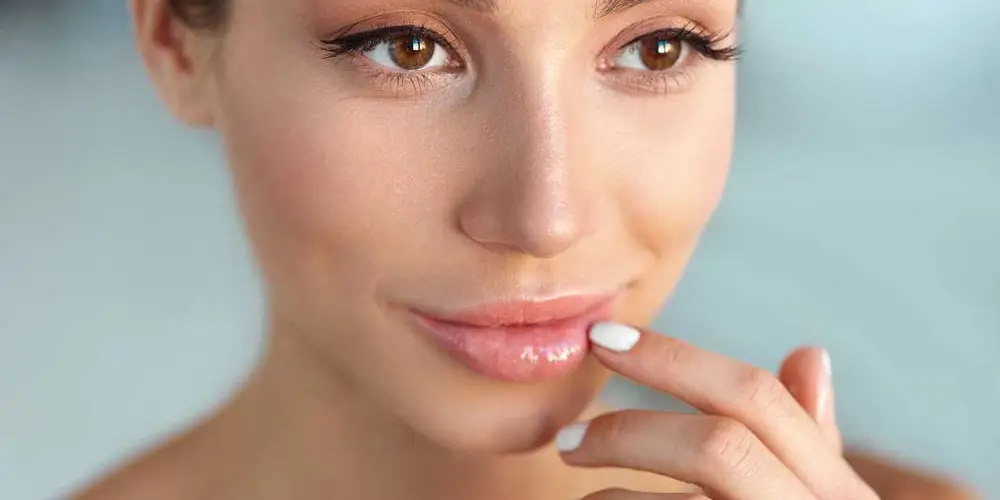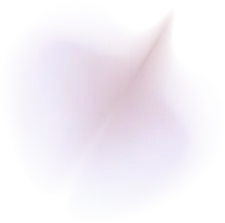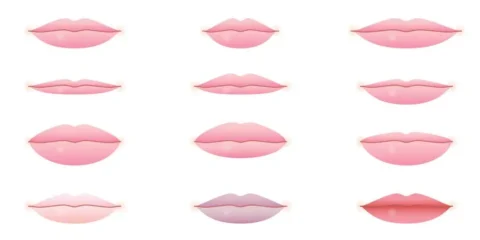Lips are an important feature of our appearance and body language, second only to our eyes. There are typically 3 possible goals for enhancing your lips:
- Make them fuller than they ever have been
- Make as full as they were in the past
- Reduce wrinkles
I am only going to talk about hyaluronic acid fillers (Juvederm®, Restylane®, and Revansse® brands for example) as these are by far the most common fillers used to enhance the lips.
There are three dimensions we consider when enhancing the lips, and a balance of each is needed to enhance the lips and make them appear natural.
- Projection
- Exposure of mucosa (pink) and lifting of the vermilion border (the thin line between skin and mucosa)
- The width of the lip
The lip filler should be placed into the tubercles of the lip to enhance all 3 of these dimensions in a symmetrical fashion to avoid fake or “duck” looking lips.
Projection
What causes the “Duck lips?” This is a common term for fake looking lips and is caused by injecting predominantly the upper lip and causing it to project further than the lower lip.
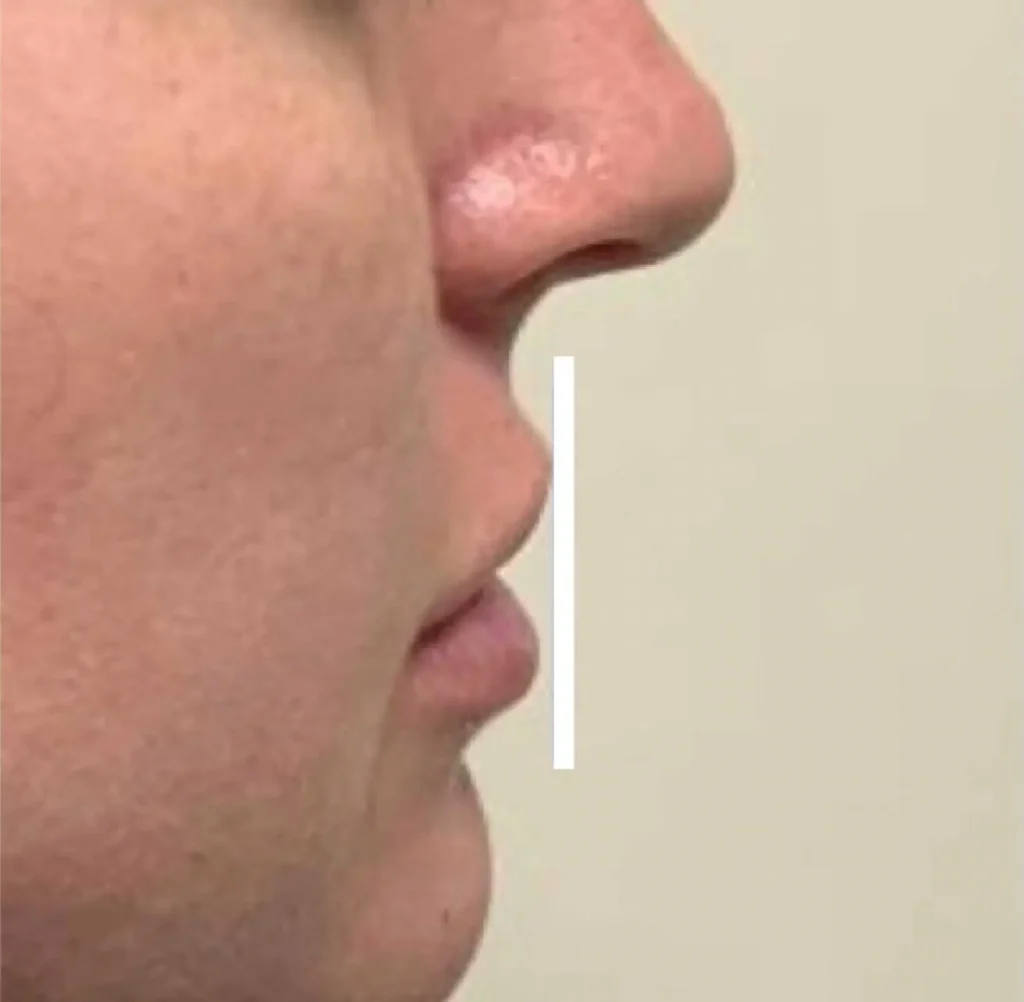
Exposure
For a natural appearing lip enhancement, we want to see more exposure of the pink portion of the lip vs a large lip that exposes the same amount of skin tone. This is accomplished by placing the filler on the tooth side of the lip vs the skin side of the lip. This allows the teeth to act as support and the lip to roll out away from the teeth.
Width
The filler should be placed into the tubercles of the lip which are the soft tissue supporting structures of the lip that gives the lip it’s shape. There are 3 tubercles in the upper lip, which comprises about 2/3 of the lip width. The lower lip has 2 tubercles that comprise about ½ of the lower lip width
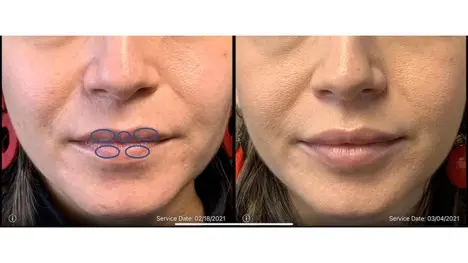
Goals
Again, there are typically 3:
1. Make them fuller than they’ve ever been.
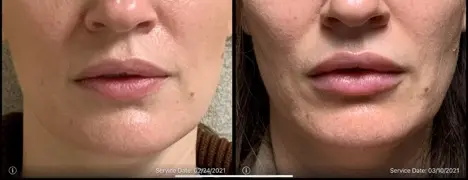
2. Make as full as they were in the past.
3. Reduce wrinkles.

How long does lip filler last?
This is a question that is due for a detailed explanation, but it may be boring. If you get bored, skip down to the end of this section for the bottom line answer. The filler is made up of hyaluronic acid (HA), which is an abundant substance in our body. But if we filled lips with HA, our body would degrade and break down the HA within days. This occurs by degradation with Reactive Oxygen Species (ROS).
So the manufacturers create cross links between the particles of HA to create strength and resistance from being broken down by ROS. And these technologies of cross linking improve over time. Because the lips have so much movement and such a rich blood supply, filler breaks down much faster in the lips then say, in the temples.
When the HA is injected into the lips, ROS break down a significant portion of the HA. The HA that remains is hydrophilic, meaning it attracts water, and this left over HA with water bound to it creates a natural feeling enhanced lip.
At Allure, we commonly add a sugar alcohol that significantly reduces the immediate breakdown of the filler, which leads to more potential volume as more of the HA survives the initial injection.
Over time, the HA slowly is broken down further, and when it is about ½ gone, you will perceive that it is all gone and may wan to re fill your lips.
Bottom line: The first time you do lip filler you will likely notice results for 6-12 months. When you fill them a second time, they will last even longer.
Is getting lip filler painful?
Yes and no.
Yes: If you get lip filler without being numbed, it is quite painful, and I don’t know why that would ever be done, but often, it is.
No: I recommend a full nerve block which is an injection of anesthetic at the base of the nerves that makes the lip filler totally painless. This nerve block takes a few seconds.
What are the risks of lip filler?
Your lips will appear overly large right after injection, and this may be present for a day or so. This is due to the swelling that occurs in response to a filler. They may also appear somewhat uneven for up to 2 weeks due to mild bruising or minor tissue injury.
Uneven lips or “duck lips” are generally avoided by planning and injection technique, so go to an experienced provider to avoid this.
Since HA normally occurs in our body, it is tolerated quite well. The immediate risk of lip filler is compression of or injection into a blood vessel. Your doctor would generally notice this immediately, or if it is not immediately apparent, you will notice pain and a pale discoloration of your lip. This is treated by massage of the lip, and generally goes away. If not, you will have an injection of an enzyme which rapidly dissolves the filler.

